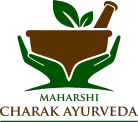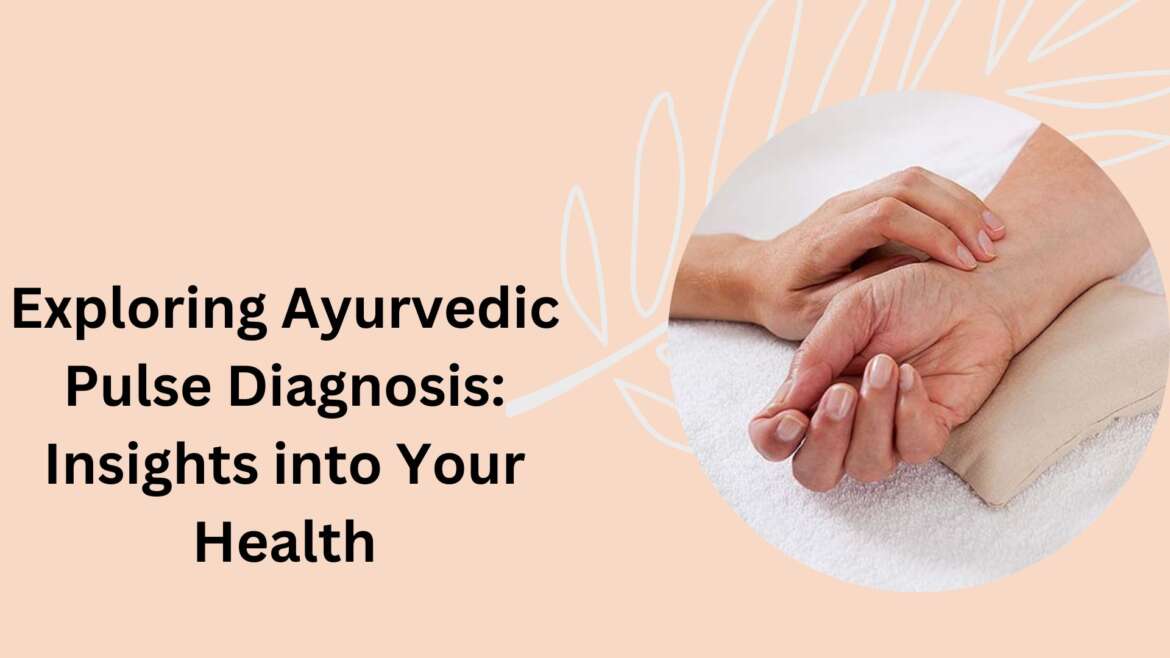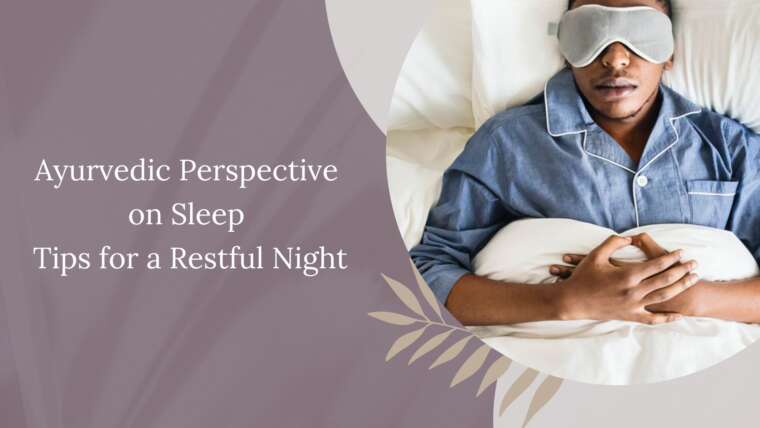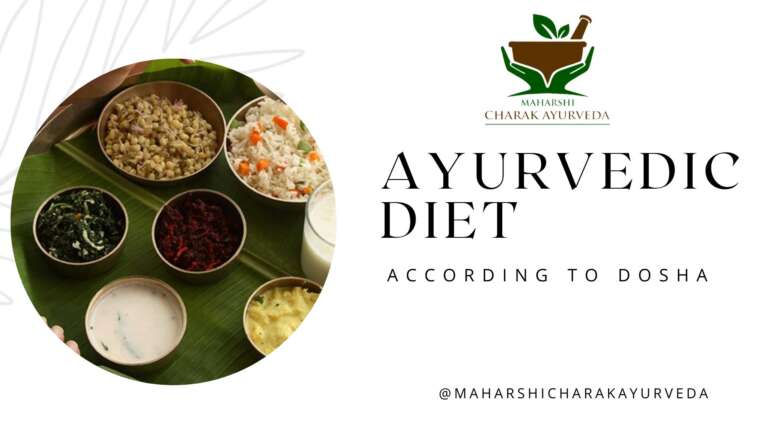Ayurvedic Pulse Diagnosis: A Deep Dive into Holistic Well-Being
Ayurvedic Pulse Diagnosis is a venerable practice deeply rooted in Ayurveda, the ancient system of medicine that originated in India thousands of years ago. This profound method of healing involves the careful examination of one’s pulse to unveil a comprehensive and personalized picture of their health. In the intricate dance of life, the pulse becomes a rhythmic storyteller, conveying insights into the subtle nuances of the body, mind, and spirit.
The Essence of Ayurvedic Pulse Diagnosis:
At the heart of Ayurvedic Pulse Diagnosis lies the belief that the body is a microcosm of the universe, and its health is intricately connected to the balance of three fundamental energies, known as doshas—Vata, Pitta, and Kapha. These doshas govern various physiological and psychological functions within the body, and their harmonious equilibrium is essential for overall well-being.
When it comes to Ayurvedic Pulse Diagnosis, the practitioner doesn’t merely assess the pulse as a mechanical function but rather as a dynamic expression of the individual’s unique constitution and state of health. The pulse is examined for its rhythm, strength, and specific qualities, offering a window into the intricate web of energies coursing through the body. This personalized approach distinguishes Ayurvedic Pulse Diagnosis from other diagnostic methods, allowing for targeted insights tailored to an individual’s constitution.
The Rhythmic Symphony of Health:
Imagine the pulse as a subtle symphony playing within the body, each beat a note that reveals a specific aspect of well-being. Ayurvedic Pulse Diagnosis involves listening to this rhythmic composition with a trained ear, interpreting the variations and patterns to understand the body’s current state. The pulse not only reflects the physical health of organs and tissues but also provides insights into the emotional and mental aspects of an individual.
Practitioners skilled in the art of pulse reading can identify irregularities and imbalances that may be indicative of an impending health issue or an existing one. The pulse’s language becomes a diagnostic tool, offering a real-time narrative of the body’s internal workings. This holistic perspective aligns with the Ayurvedic philosophy that health is not merely the absence of disease but a state of balance and harmony.
Dosha Dynamics:
A cornerstone of Ayurvedic Pulse Diagnosis is the assessment of doshic influences. Vata, Pitta, and Kapha represent the three doshas, each associated with specific qualities and functions within the body.
- Vata: Governed by the elements of air and space, Vata is associated with movement and communication. An imbalanced Vata can manifest as anxiety, restlessness, or digestive issues.
- Pitta: Rooted in the elements of fire and water, Pitta governs metabolism and transformation. Imbalances may lead to issues such as inflammation, acidity, or irritability.
- Kapha: Associated with earth and water elements, Kapha governs stability and structure. An imbalance may result in lethargy, weight gain, or respiratory issues.
During pulse diagnosis, the practitioner assesses the dominance or imbalance of these doshas, guiding them in tailoring recommendations for diet, lifestyle, and therapeutic interventions. By understanding the doshic influences, individuals can make informed choices to restore balance and prevent the onset of ailments.
Holistic Harmony:
Ayurvedic Pulse Diagnosis extends beyond the physical realm to embrace the holistic nature of well-being. The interconnectedness of mind, body, and spirit is a fundamental tenet of Ayurveda, and pulse diagnosis serves as a bridge to understanding this intricate harmony.
Beyond identifying physical imbalances, the pulse offers insights into the emotional and mental states of an individual. Stress, emotional turbulence, or mental fatigue can manifest in the pulse, guiding practitioners to address not only the symptoms but also the root causes of distress. This holistic perspective aligns with Ayurveda’s goal of promoting not just the absence of disease but the cultivation of vibrant health on all levels.
The Balancing Act:
Ayurvedic Pulse Diagnosis serves as a compass for the journey toward balance and vitality. Imbalances detected in the pulse become the focal point for intervention, guiding individuals on a path of self-care and restoration.
Through lifestyle adjustments, dietary modifications, herbal remedies, and therapeutic practices, individuals can actively participate in their well-being journey. The art of balancing doshas is not a one-size-fits-all approach; instead, it is a personalized exploration that considers an individual’s unique constitution, current state of health, and environmental influences.
Practitioners of Ayurvedic Pulse Diagnosis become guides on this journey, offering insights and support as individuals navigate the terrain of their well-being. The emphasis is on empowerment, enabling individuals to take charge of their health and make choices that align with their body’s innate wisdom.
Personalized Wellness Narratives:
In the realm of Ayurvedic Pulse Diagnosis, each individual’s pulse tells a unique and intricate health story. The narrative woven by the pulse provides a roadmap for personalized wellness, offering insights into the individual’s strengths, vulnerabilities, and the most effective strategies for maintaining or restoring balance.
This personalized approach allows for a more precise and targeted intervention, avoiding the one-size-fits-all approach often seen in conventional medicine. Ayurveda recognizes the inherent diversity among individuals and acknowledges that what works for one may not work for another. Through the personalized lens of pulse diagnosis, individuals can make informed decisions that resonate with their specific constitution and health goals.
Vitality Unleashed:
One of the remarkable outcomes of Ayurvedic Pulse Diagnosis is the unleashing of vitality within the individual. As imbalances are addressed and equilibrium is restored, the body’s natural healing mechanisms are activated, promoting a sense of vibrancy and well-being.
Vitality, in the Ayurvedic context, extends beyond mere physical energy. It encompasses mental clarity, emotional resilience, and a deep sense of connection with one’s inner self. Through the restoration of balance, individuals often report a renewed enthusiasm for life, improved focus, and an enhanced capacity to navigate life’s challenges.
Natural Connection and Deep Empowerment:
Ayurvedic Pulse Diagnosis facilitates a profound connection between individuals and their bodies. In a world often dominated by external influences and quick fixes, this practice encourages a return to self-awareness and self-care. By actively participating in the exploration of one’s pulse, individuals cultivate a deep understanding of their bodies and their unique needs.
This connection goes beyond the physical level; it extends to an awareness of how lifestyle choices, thoughts, and emotions impact overall well-being. In this journey of self-discovery, individuals become active participants in their health, making choices that align with their body’s innate intelligence.
The empowerment derived from Ayurvedic Pulse Diagnosis is transformative. It is not merely about receiving a diagnosis and treatment plan but about gaining the knowledge and tools to navigate one’s health journey independently. This empowerment fosters a sense of responsibility for one’s well-being, laying the foundation for a sustained and vibrant life.
Empowering Insights for Holistic Living:
Ayurvedic Pulse Diagnosis provides a gateway to empowering insights that extend far beyond the realm of physical health. It is a holistic approach that encompasses the body, mind, and spirit, recognizing the interplay of these elements in the tapestry of well-being.
Armed with the knowledge derived from pulse diagnosis, individuals can make conscious choices in various aspects of their lives—diet, daily routines, relationships, and more. The insights gained serve as a compass.





